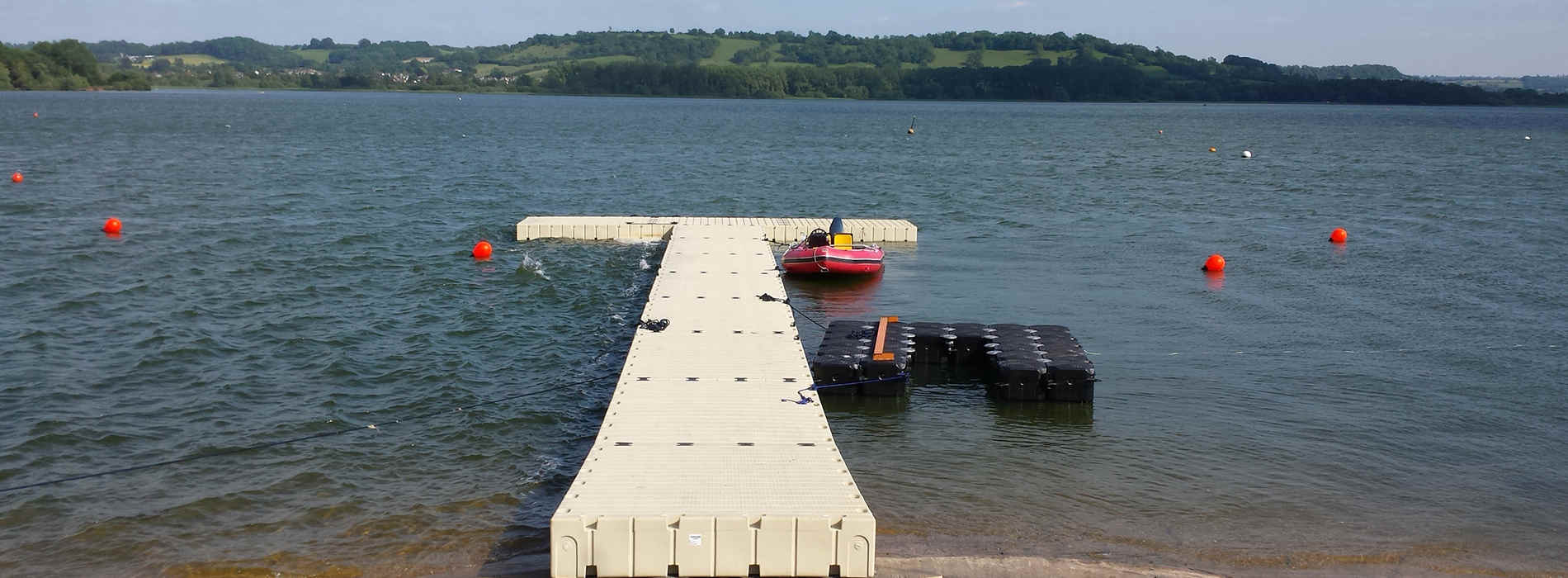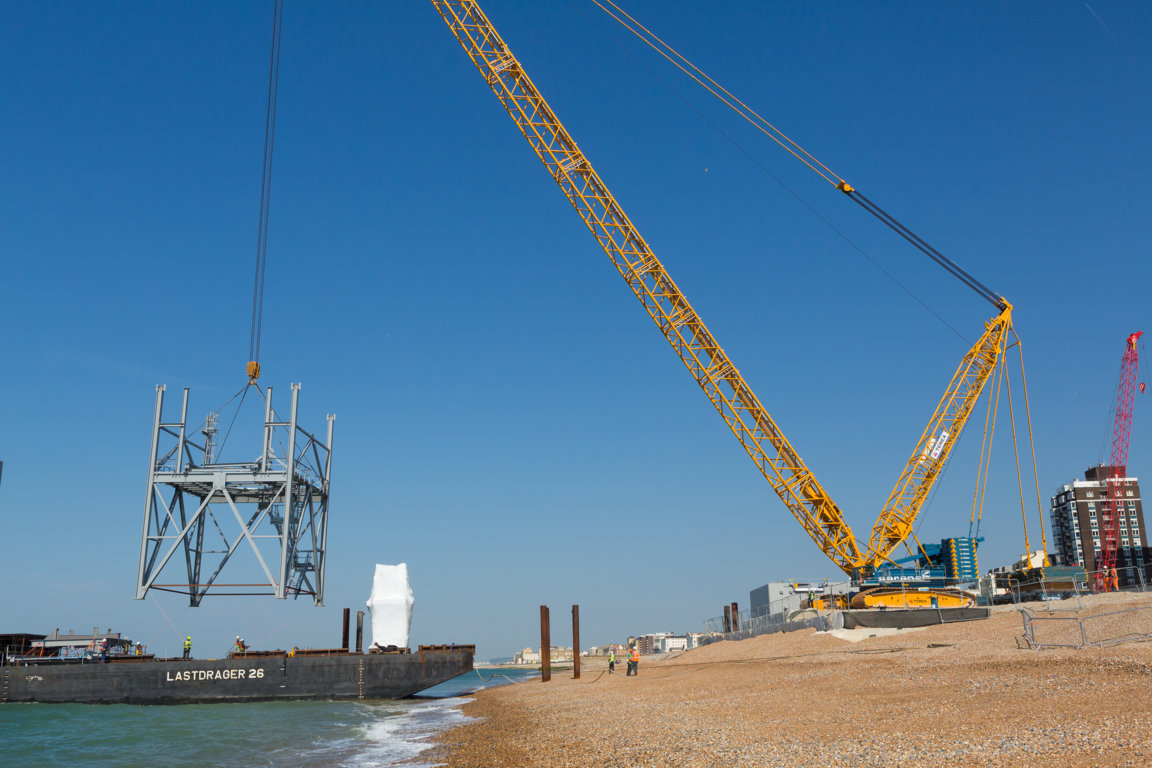Pipes and tubes in modern industrial equipment and utility connections in any home or other building have to be flexible and adaptable. There may be a need to fit another step in an industrial process, or even a more up to date component in a home heating system. Most of the time it is far too disruptive and costly to replace an original system yet new connections have to be made. Tubing used as scaffolding and guard rails have to be adapted to fit into very particular spaces. This is when tube clamping configurations come into their own.
Clamping systems create structures from tubing, such as scaffolding, without the need for welding, bending or threading. Setting these in place is a straightforward manner. They can be assembled and unassembled, by a competent, but not an especially skilled, workforce. The only requirement is a set of screws and keys to put a structure together in a short space of time. These structures may be temporary, like scaffolding, or permanent, such as guard and handrails for construction.
Tee pipe fittings – so named because they look like the letter “T” – are the most common form of tube clamps. These are ways of either combining or splitting the flow through two pipes. The connection is at an angle of 90 degrees.
A short-tee clamp provides a 90-degree butt joint between two pipes. This fitting cannot be used to join two horizontal pipes. The short tee can be capped on one side so that the flow moves from a horizontal to a vertical direction down tubing that often also acts as a vertical post.
Short tee clamps can also be used for attaching rails to post when constructing handrails on slopes. In these cases, an elbow fitting would be a better option for a corner joint than a capped short tee fitting.
A long-tee clamp can be used to connect two horizontal pipes of different diameters to a vertical pipe. The vertical pipe can be used as a support post as in the case of a short tee. A further variation that is useful for hand or guardrails on slopes, as well as edge protection and balustrades, is the adjustable tee that can be fitted at an angle of 30 and 60 degrees to the horizontal.
A three-way tee, corner connector or elbow provides a connection between three pieces of tubing all at 90 degrees to each other. This is a common connection on corners for hand and guardrails as well as scaffolding. A four way connector, also called a centre cross, is usually used in the centre of larger structures. This is not used for tubing carrying gas or fluids as the stresses on the joints are too great.
Base flanges can provide a floor support for vertical tubing on a level surface. But care has to be taken to align the fixing holes on the basal components with the load. A wall flange is a horizontal version of this type of clamp. This one can be used in place of a base flange, but only for non-load carrying vertical tubing.



